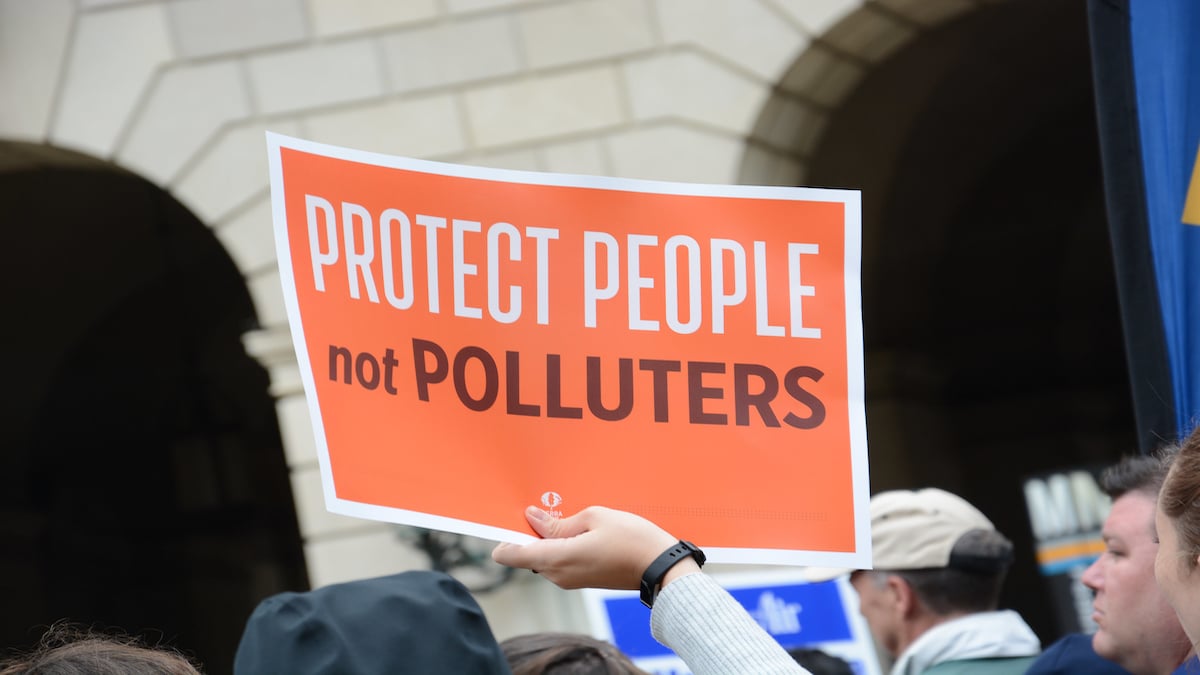
New PFAS Definition by EPA Omits Pharmaceutical, Pesticide Chemicals

The U.S. Environmental Protection Agency (EPA) has created a new “working definition” of per- and polyfluoroalkyl substances, also known as PFAS. The updated definition is narrower, leaving out many chemicals in pharmaceuticals, pesticides and even some refrigerants.
Scientists are concerned that the agency’s redefining of PFAS makes these chemicals seem less toxic, and critics have noted that the update gives preference to chemical manufacturers and the U.S. Department of Defense over public and environmental health.
The EPA has already used the narrow PFAS definition in December 2021. It pointed to the definition and declined to take action on PFAS contamination found in North Carolina, as reported by The Guardian. According to the National Institute of Environmental Health Sciences, North Carolina has the third-highest PFAS exposure of any state.
PFAS are known as “forever chemicals” because they do not break down. Yet they are found in thousands of products that people use or come into contact with every day, including furniture, clothing, and food packaging.
As the CDC noted, “Many PFAS, including perfluorooctane sulfonic acid (PFOS) and perfluorooctanoic acid (PFOA), are a concern because they: do not break down in the environment, can move through soils and contaminate drinking water sources, [and] build up (bioaccumulate) in fish and wildlife.”
While more studies are necessary, there is research linking PFAS exposure to negative human health implications, including kidney and testicular cancers, weakened immune systems, changes to liver enzymes that lead to injury, and high cholesterol, among others.
Scientists are debating on how to properly define PFAS, but the mostly widely used definition is by the Organization for Economic Cooperation and Development (OECD), which defines PFAS as any chemical compound with one fluorinated carbon atom. That includes tens of thousands of chemicals.
The EPA now defines PFAS as “at least two adjacent carbon atoms, where one carbon is fully fluorinated and the other is at least partially fluorinated,” although this is considered a working definition for now. This definition would include about 6,500 chemicals, leaving out thousands of others.
Many of the chemicals left out by the narrower definition include chemicals found in pharmaceuticals, pesticides, some refrigerants and some PFAS gases, The Guardian reported. This remains even if the compounds are known to later become highly toxic to humans and the environment.
“How do you say something is not PFAS when it becomes PFAS after it is metabolized by the body or undergoes changes in the environment – that just doesn’t hold with me,” said Linda Birnbaum, former EPA scientist and head of the National Toxicology Program.
Birnbaum also noted that the new definition by EPA is more similar to industry’s PFAS definition rather than the scientific community’s.

 233k
233k  41k
41k  Subscribe
Subscribe 